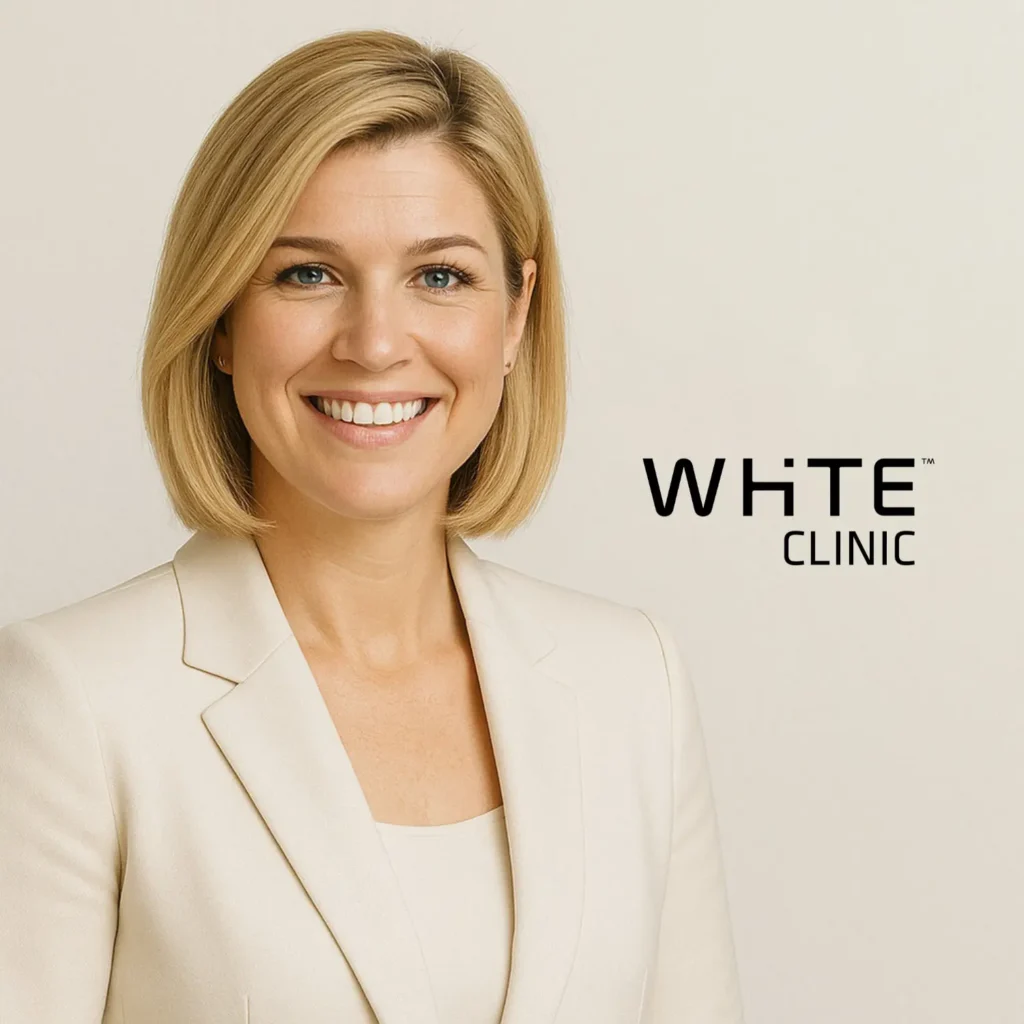Ana Paz, DDS, MS, is aware that many of her peers who are recent dental school graduates have gravitated toward specialization and efficiency, but she believes that the future of dentistry lies in the opposite approaches.
A comprehensive approach
Ana Paz, who is the head of scientific research and development at the White Clinic in Lisbon, Portugal, says that she values a comprehensive approach and patience. “It is important to learn a little bit of everything in order to be able to see the patient in an integrative way, perform effective diagnostics, and recommend the best treatment plan,” she says. “At White Clinic, we follow the Slow Dentistry® philosophy. When we are performing any diagnostics or treatments, dedicating time to our patients is key. We only see a short list of patients each day, but we ensure that we dedicate an optimal amount of time to each treatment, minimize mistakes, and work in a stress-free environment.”
For more than two decades, the White Clinic has been a leader in advanced biologic comprehensive dentistry. “Our focus is to heal the patient as a whole,” Paz says. “In my career, my primary focus now is to keep developing the best possible protocols – combining the best materials and technologies – based on the patient’s problems, in order to be able to heal them and keep them healthy.” The clinic’s emphasis on Slow Dentistry, which is aimed at building trust with patients while providing a work ethic and cornerstones that benefit everyone, allows for that comprehensive approach to each patient, and the clinic’s resources have provided Paz with extensive access to the newest products in that pursuit. “I have always loved to try new technologies,” she says. “I am very privileged to work at the White Clinic where we have access to many of them. I enjoy testing new technologies, and if they work, I like to elaborate new protocols that include them.”
The power of photobiomodulation
Increasingly, many of those new protocols involve the use of lasers, and one of the most groundbreaking new devices on the market that uses laser light energy is the ATP38® Miracle photobiomodulation device from Biotech Dental. The ATP38 Miracle provides seven wavelengths of light – blue, green, yellow, red, deep red, near infrared, and infrared – that are adjusted to the frequency of the absorption peaks of the cellular mitochondria receptors in various tissues. These wavelengths follow a calibrated dosimetry defined by a restricted power protocol to biostimulate the cells. Treatment is controlled by a computer with pre-programmed settings for wavelengths and times that are based on the application. “With some photobiomodulation units, as the light scatters when leaving the source, significant amounts may not reach the intended tissue, decreasing the effectiveness of therapy,” Paz says. “Unlike other in-office units, the ATP38 Miracle utilizes a semiconductor that keeps the light waves parallel, thereby delivering the intended light at the intended power to the target tissue for better coverage and depth of penetration.”
The four illumination panels provide full coverage of the entire face and head, improving the potential of treatments by ensuring that there are no areas that do not receive photobiomodulation. The ATP38 Miracle also uses shorter wavelengths, which can be applied for longer treatment periods with greater safety, while maintaining similar depth-of-penetration when compared with longer wavelengths. “Treatments are performed in less than 15 minutes but are able to reach the deepest layers of the area being treated,” Paz says.
The applications of photobiomodulation therapy
In-office photobiomodulation therapy with the ATP38 Miracle device can be used for a number of applications, including achieving a temporary increase in local blood circulation, a temporary increase in the healing of wounds, temporary relaxation of muscles and relief of muscle spasm, and temporary relief of minor muscle, joint, and arthritis pain.
Paz explains that photobiomodulation therapy has been used for socket preservation procedures, periodontal surgery, and orthodontics, as well as for extraoral procedures for facial esthetics, such as reducing the appearance of wrinkles and scars, improving skin tone, treating acne and skin blemishes, improving dark circles around the eyes, resolving rosacea, and regrowing hair. “Photobiomodulation has increasingly demonstrated the ability to improve healing and regeneration in soft and hard tissues,” she says.
It is not difficult to envision that in the future, the applications for photobiomodulation will extend even further, and Paz plans to be at the forefront of those developments. “Because I have a research-driven spirit, I am constantly reading and learning about different therapies, materials, and technologies that we can implement to help us provide the best care to our patients and make our practice grow.” She also plans to continue passing that knowledge along to others as she acquires it, so that they may follow in the White Clinic’s footsteps. “For me, dental medicine is an art that is in constant movement,” she says. “The therapies are constantly being improved upon and updated. I consider myself someone who is contributing to that movement. Many of the treatment protocols that we have developed at the White Clinic are unique; however, we have a very busy agenda, and we can only reach a limited number of patients. Therefore, it is important that this knowledge is shared with other dentists from other parts of the world so that they can provide their patients with the best treatments as well. The sharing of knowledge is our greatest contribution to humanity.”
*Originally published in Inside Dentistry.






